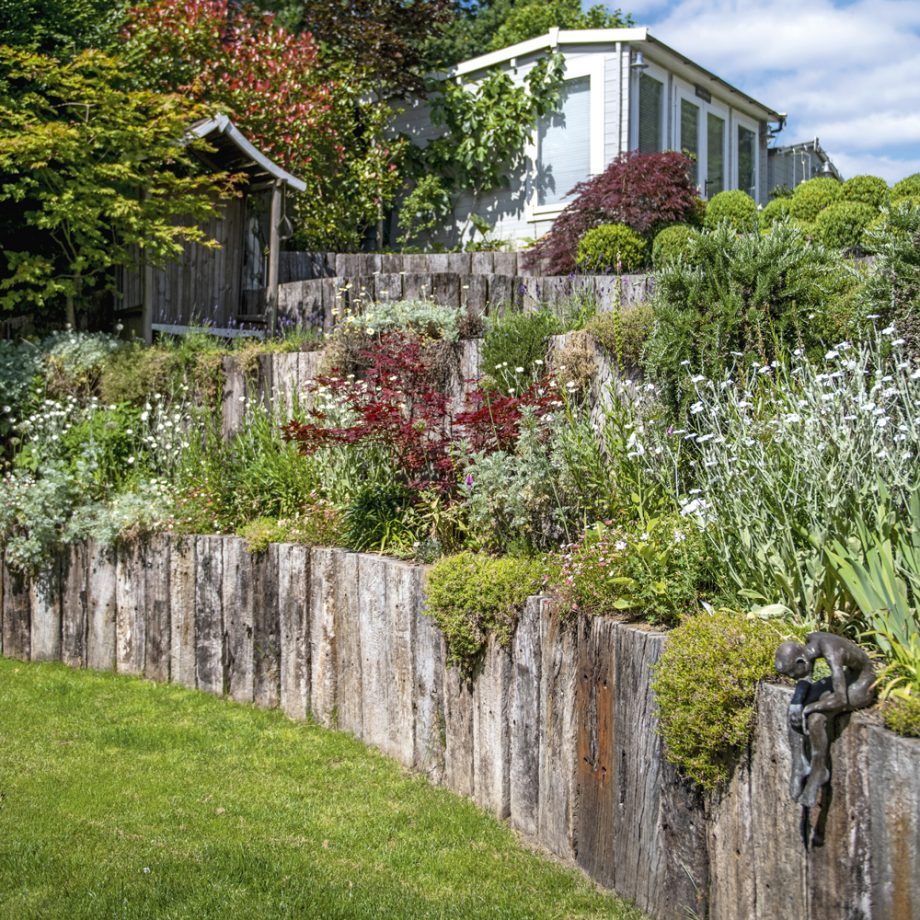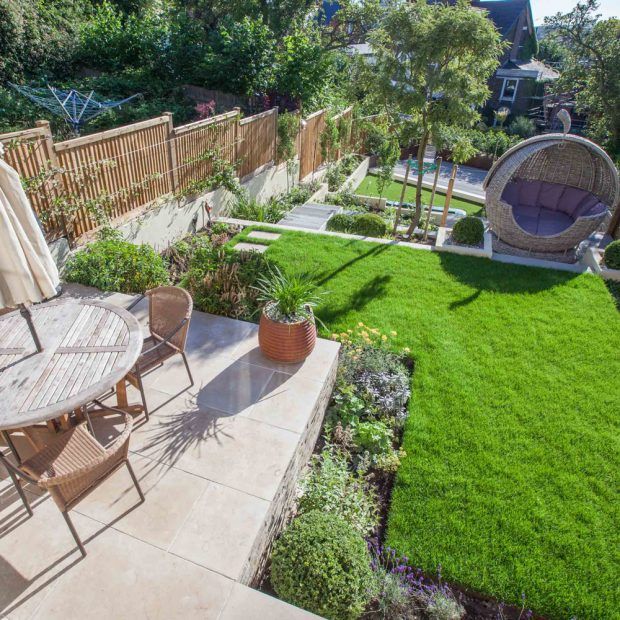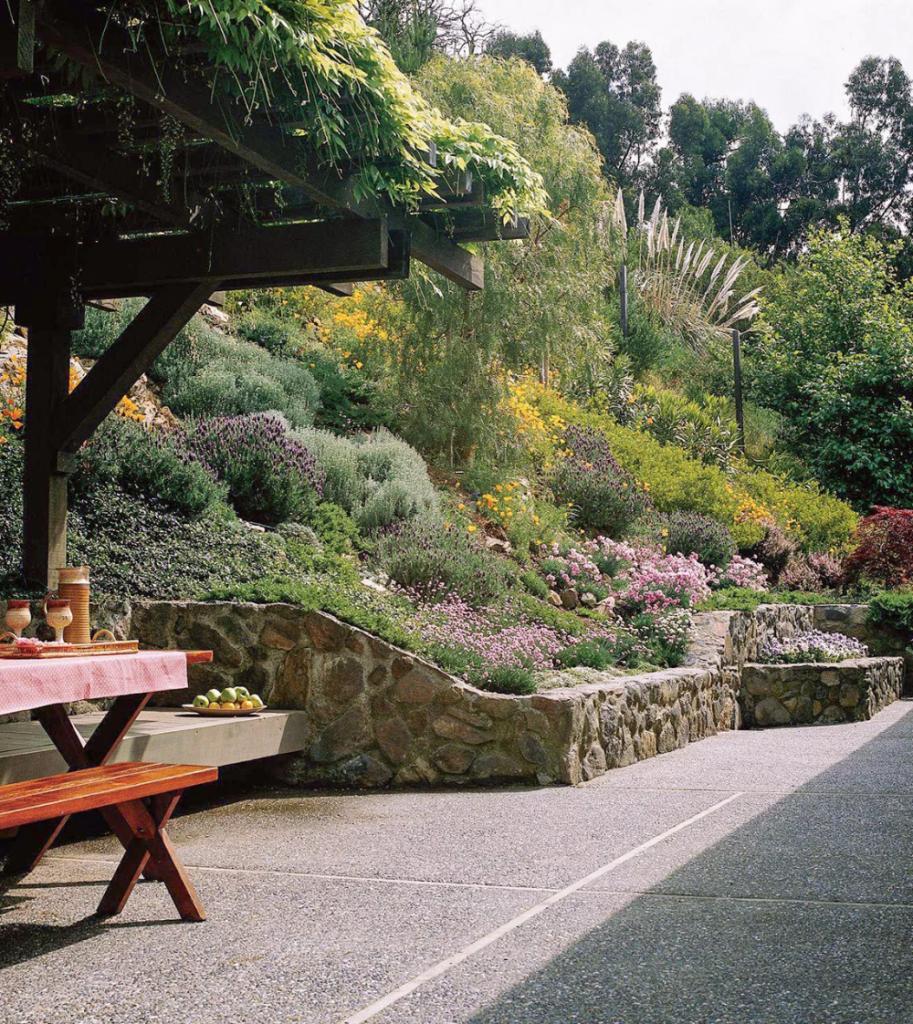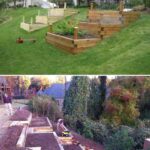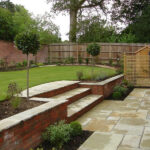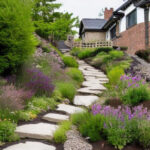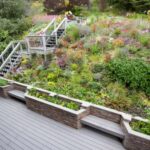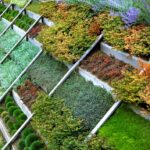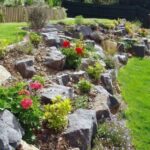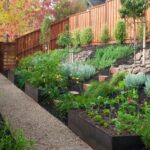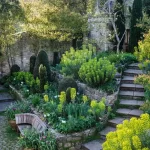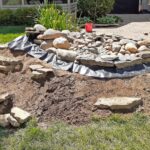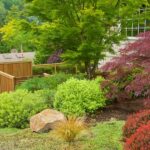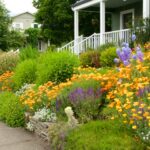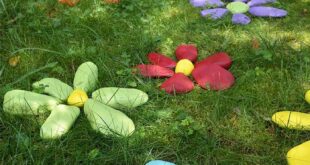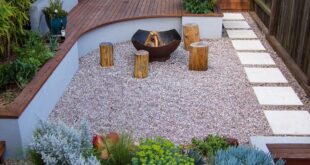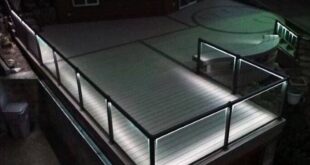Designing a garden on a slope can present a unique set of challenges and opportunities for gardeners. The slope of the land can offer a variety of benefits, such as better drainage and visual interest, but it also requires careful planning to ensure that the garden is both functional and aesthetically pleasing. By considering the natural slope of the land and incorporating some key design principles, gardeners can create a beautiful and functional outdoor space that takes full advantage of the unique characteristics of a sloped site.
One of the first steps in designing a garden on a slope is to evaluate the natural features of the land. Consider the direction of the slope, the angle of the incline, and the existing vegetation. These factors will influence the overall layout of the garden and can help guide decisions about plant selection, drainage, and erosion control. It is also important to assess the soil quality and water flow on the slope to determine if any adjustments need to be made to support the health of the plants.
One of the key considerations when designing a garden on a slope is managing water runoff. Sloped sites are prone to erosion and water runoff, so it is important to incorporate features such as retaining walls, terraces, and drainage channels to help control water flow and prevent soil erosion. By strategically placing these elements throughout the garden, gardeners can create a more stable and sustainable environment for plants to thrive.
In addition to managing water runoff, gardeners should also consider the visual impact of the slope on the overall design of the garden. Sloping gardens can create a dynamic and visually interesting landscape, but it is important to balance the natural slope with elements that help anchor the garden and create a sense of cohesion. Planting trees, shrubs, and other tall plants at the top of the slope can help create a sense of scale and provide a backdrop for the rest of the garden.
When selecting plants for a garden on a slope, it is important to choose species that are well-suited to the unique conditions of a sloped site. Consider factors such as soil quality, sun exposure, and water requirements when selecting plants, and choose species that can help stabilize the soil and prevent erosion. Groundcover plants, such as creeping juniper or sedum, are a great option for sloping gardens, as they can help create a uniform and cohesive look while also providing erosion control.
Finally, incorporating pathways and seating areas into the garden design can help tie the space together and create a welcoming and functional outdoor space. Pathways can help guide visitors through the garden and create a sense of flow, while seating areas provide a place to relax and enjoy the beauty of the garden. By carefully considering the natural slope of the land and incorporating thoughtful design elements, gardeners can create a beautiful and functional garden that takes full advantage of the unique characteristics of a sloped site.
 yishifashion Where Outdoor Dreams Become Reality
yishifashion Where Outdoor Dreams Become Reality
